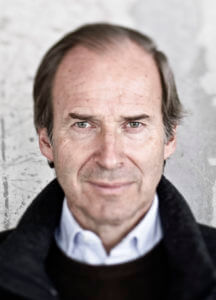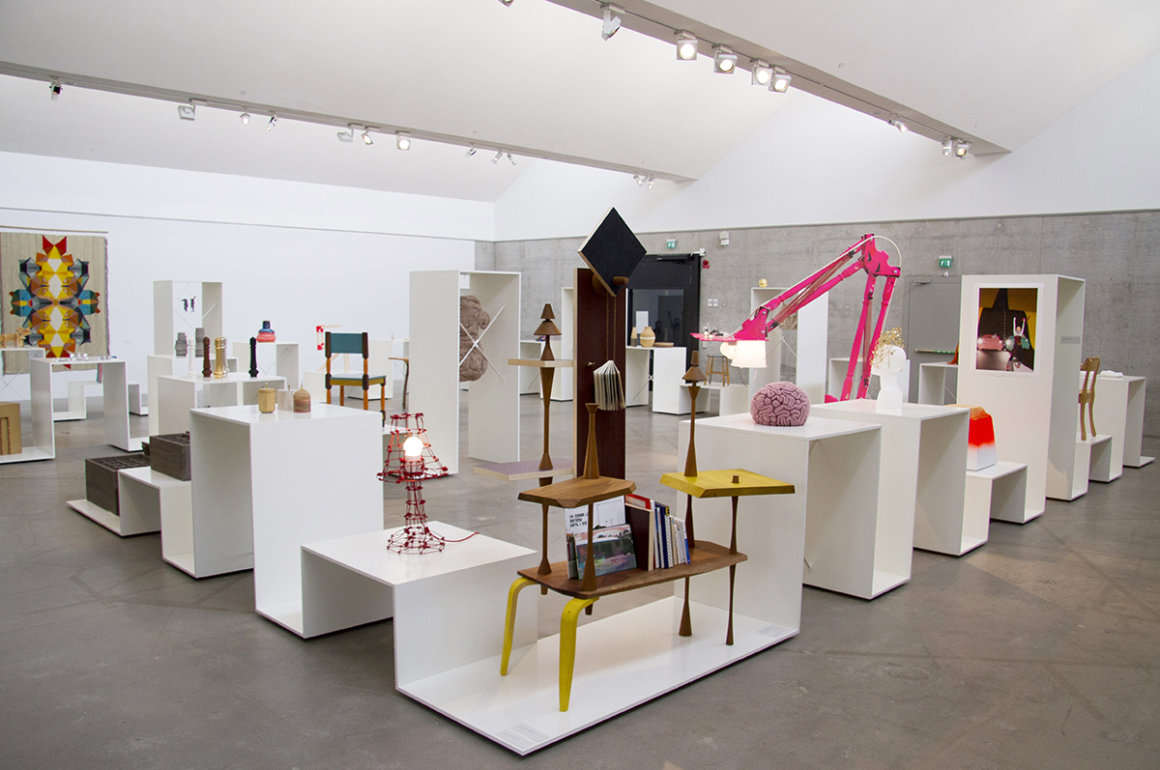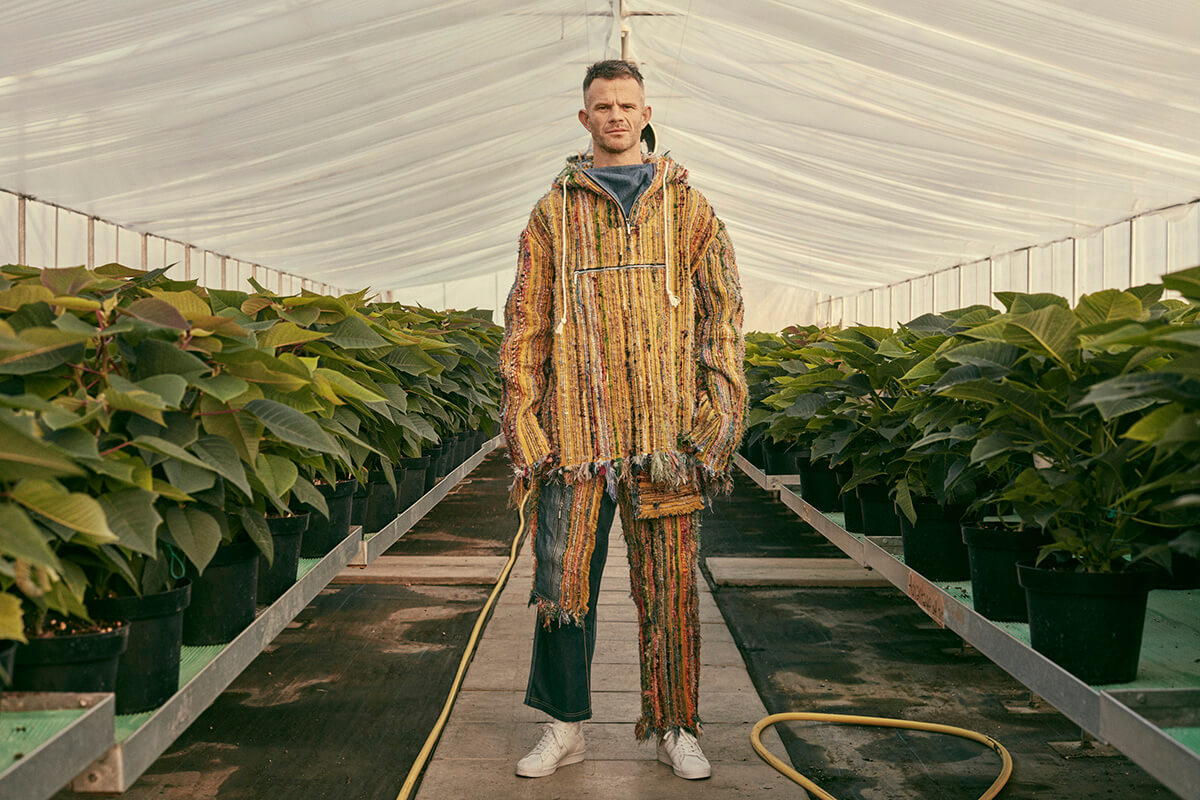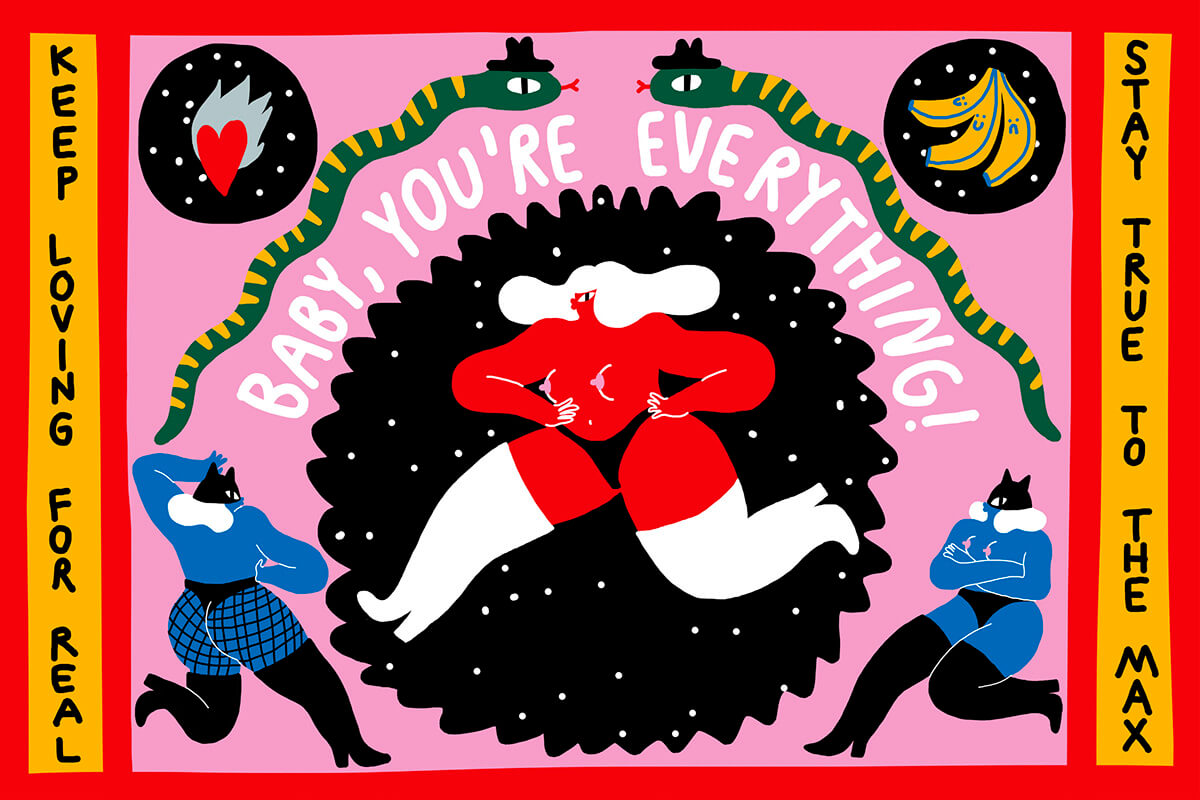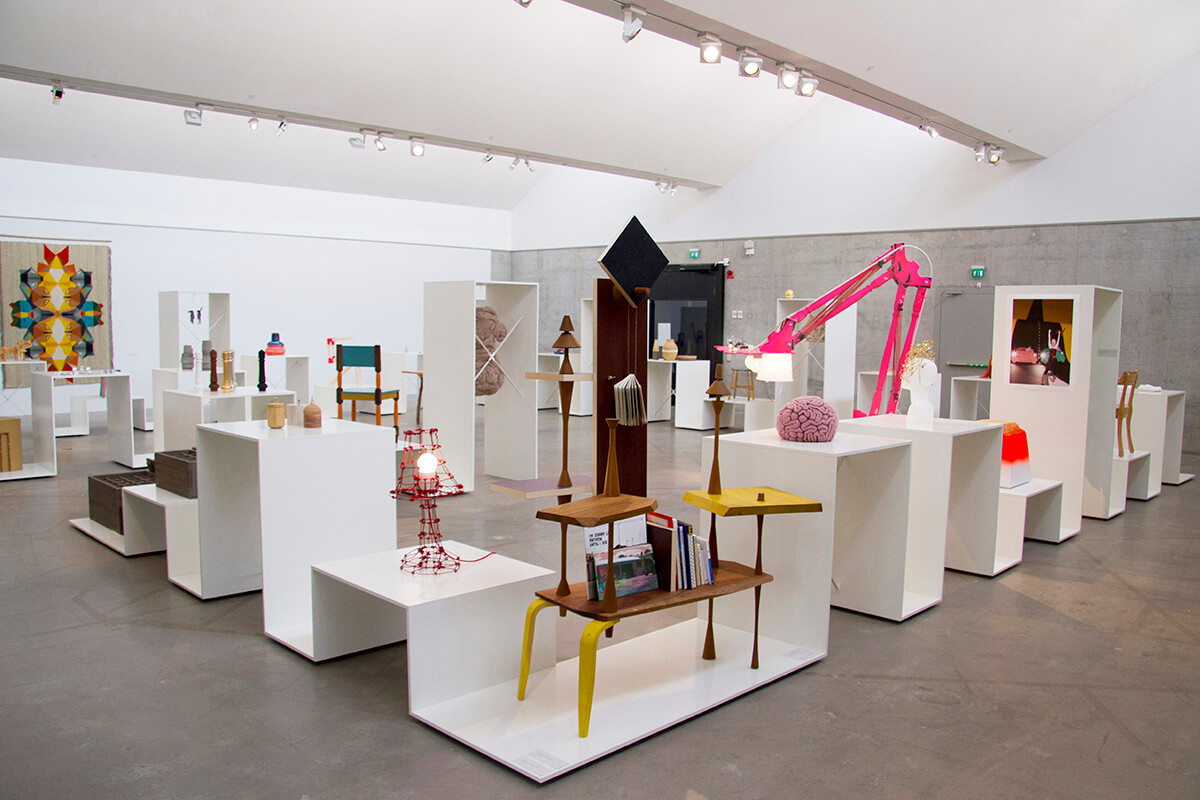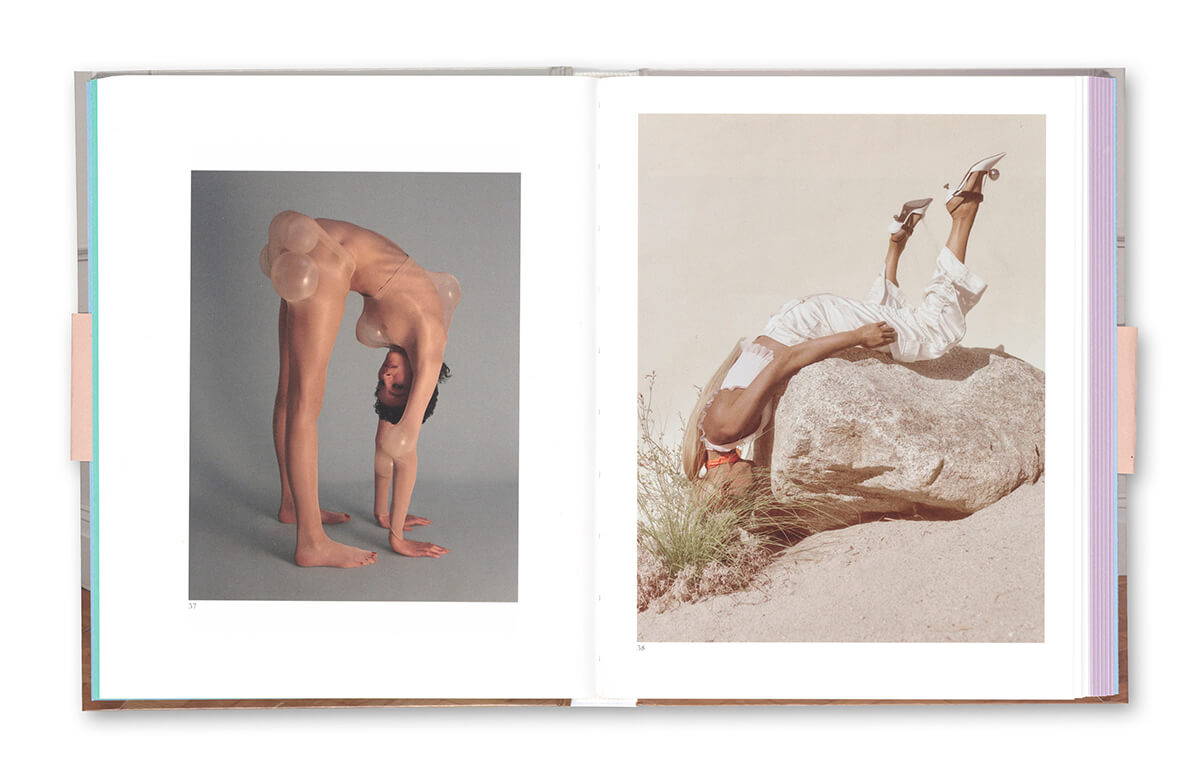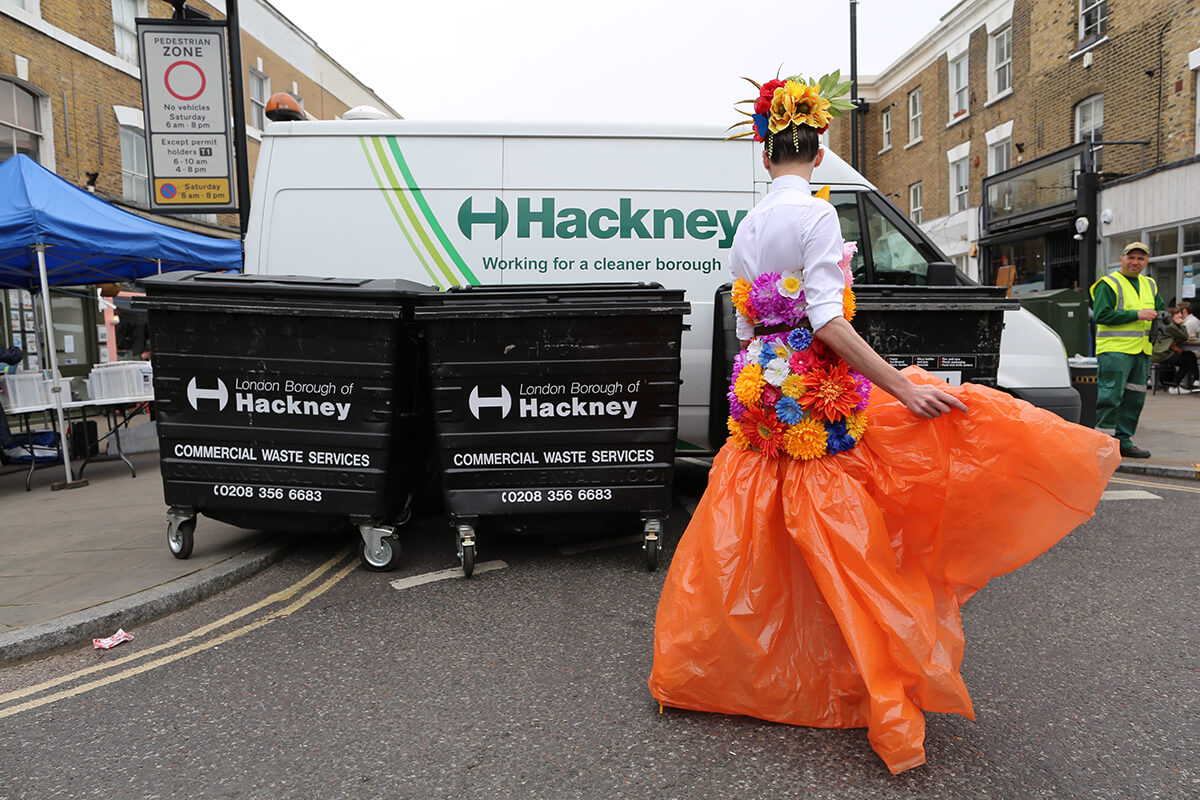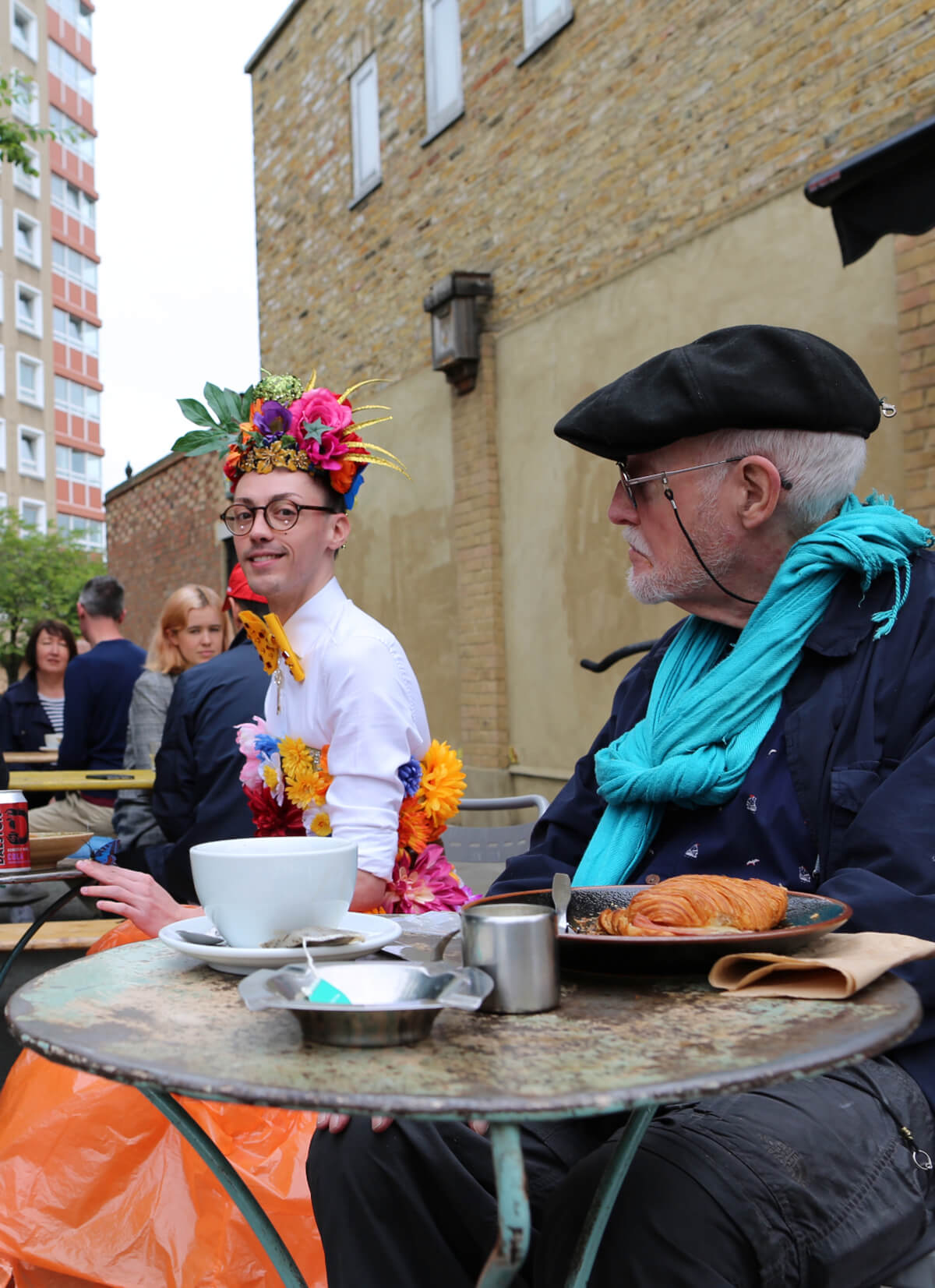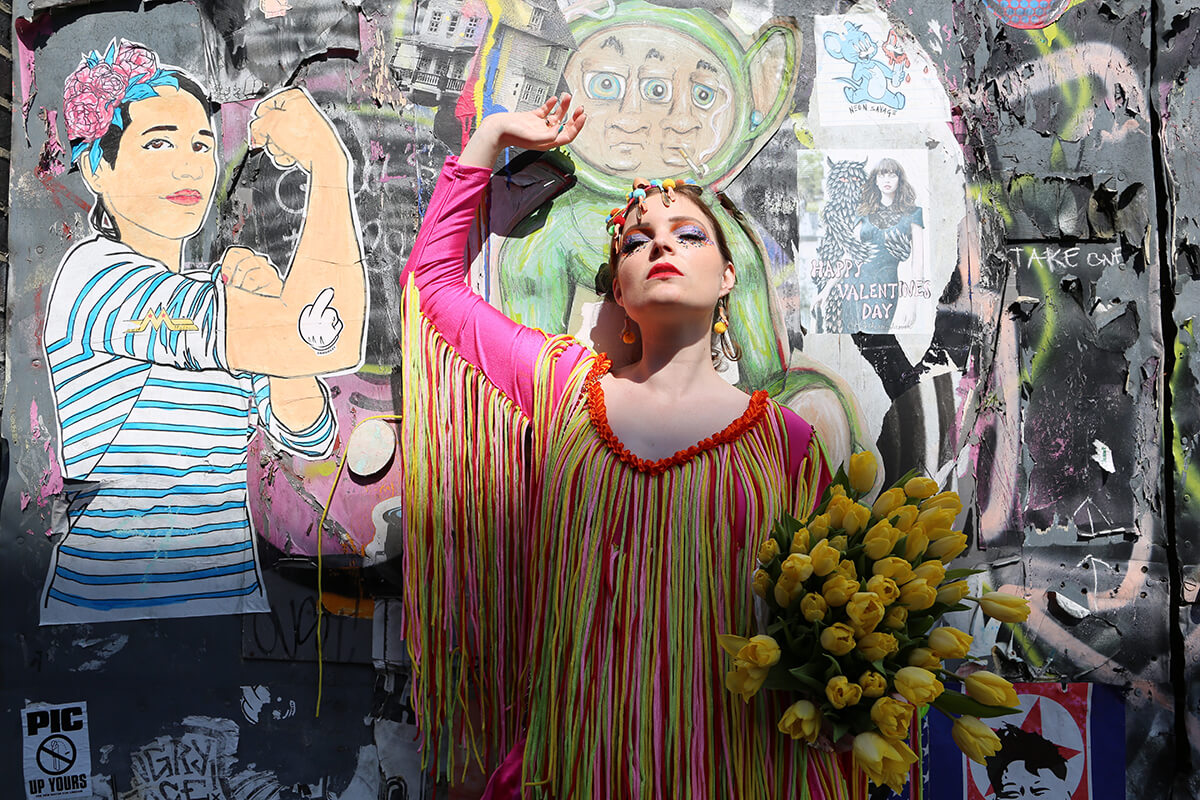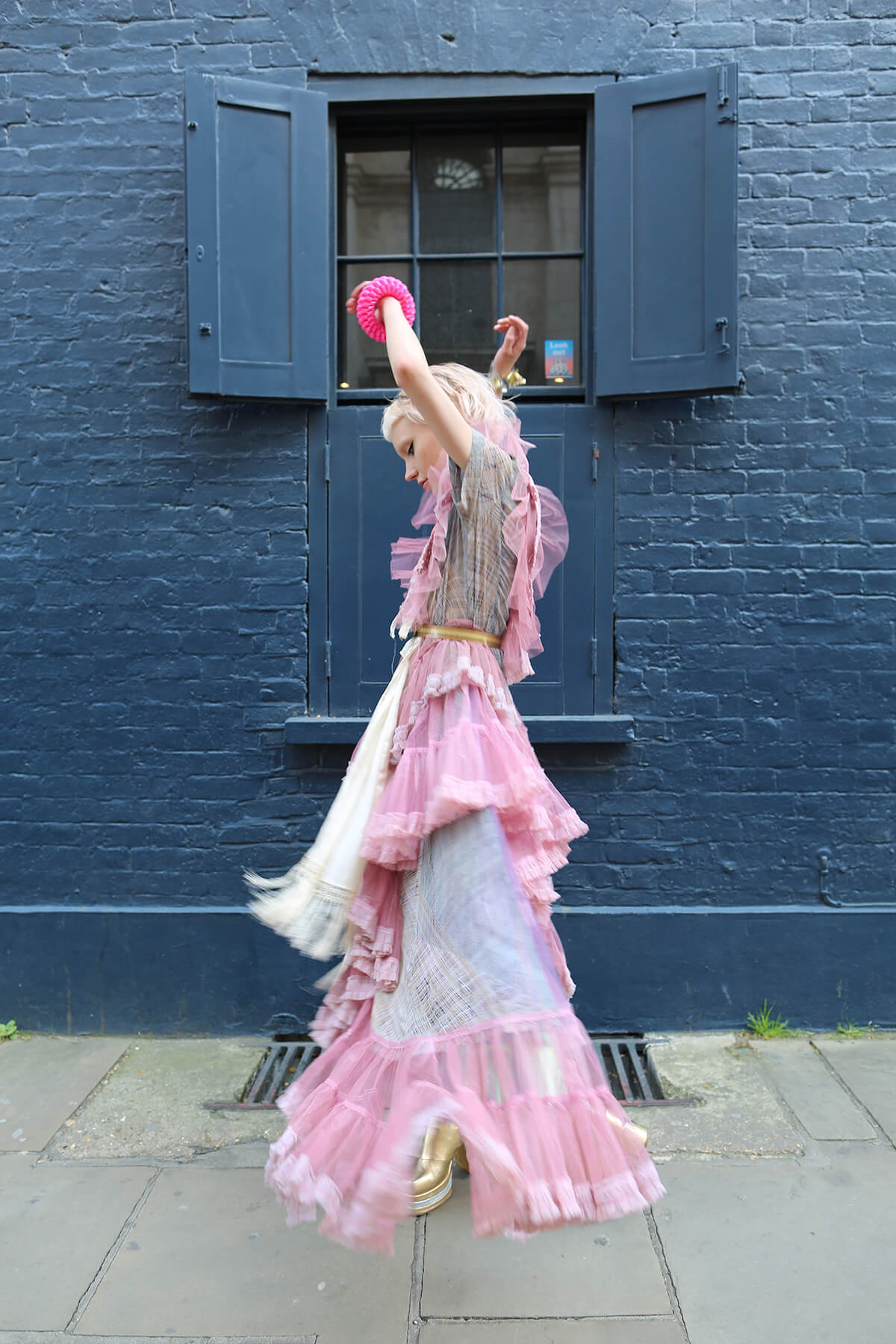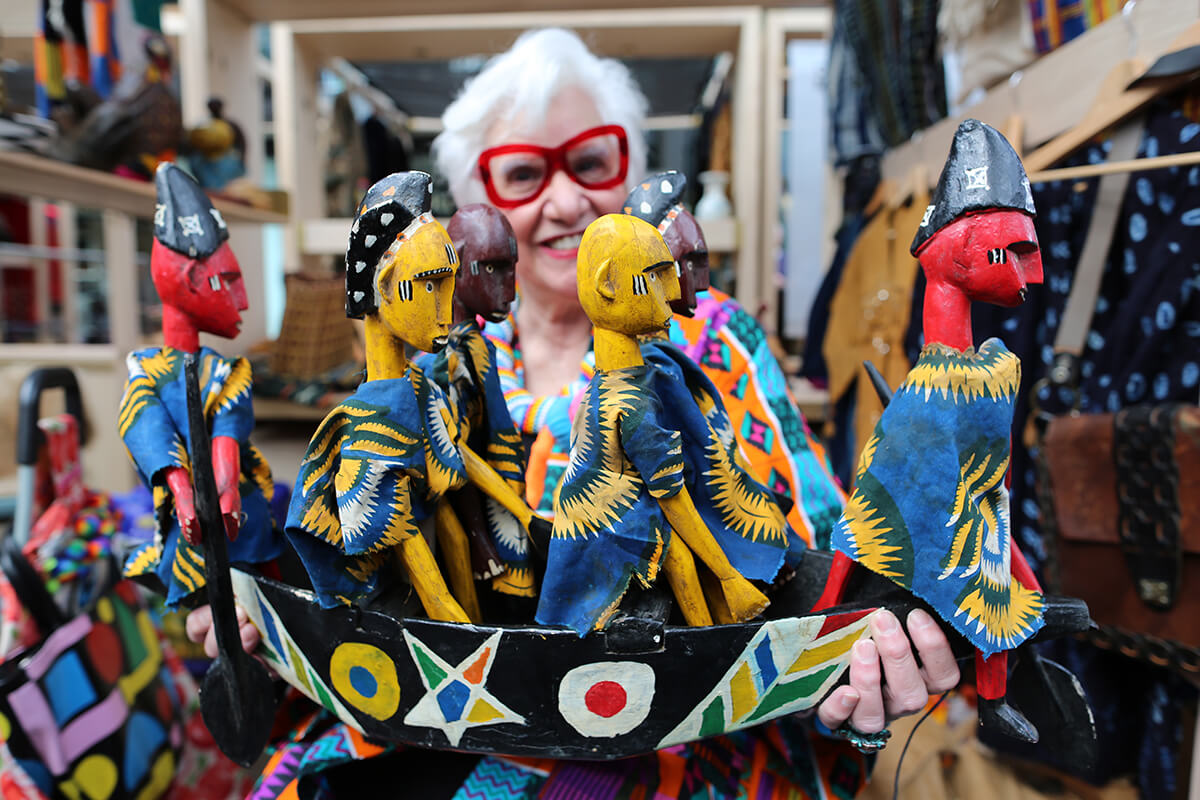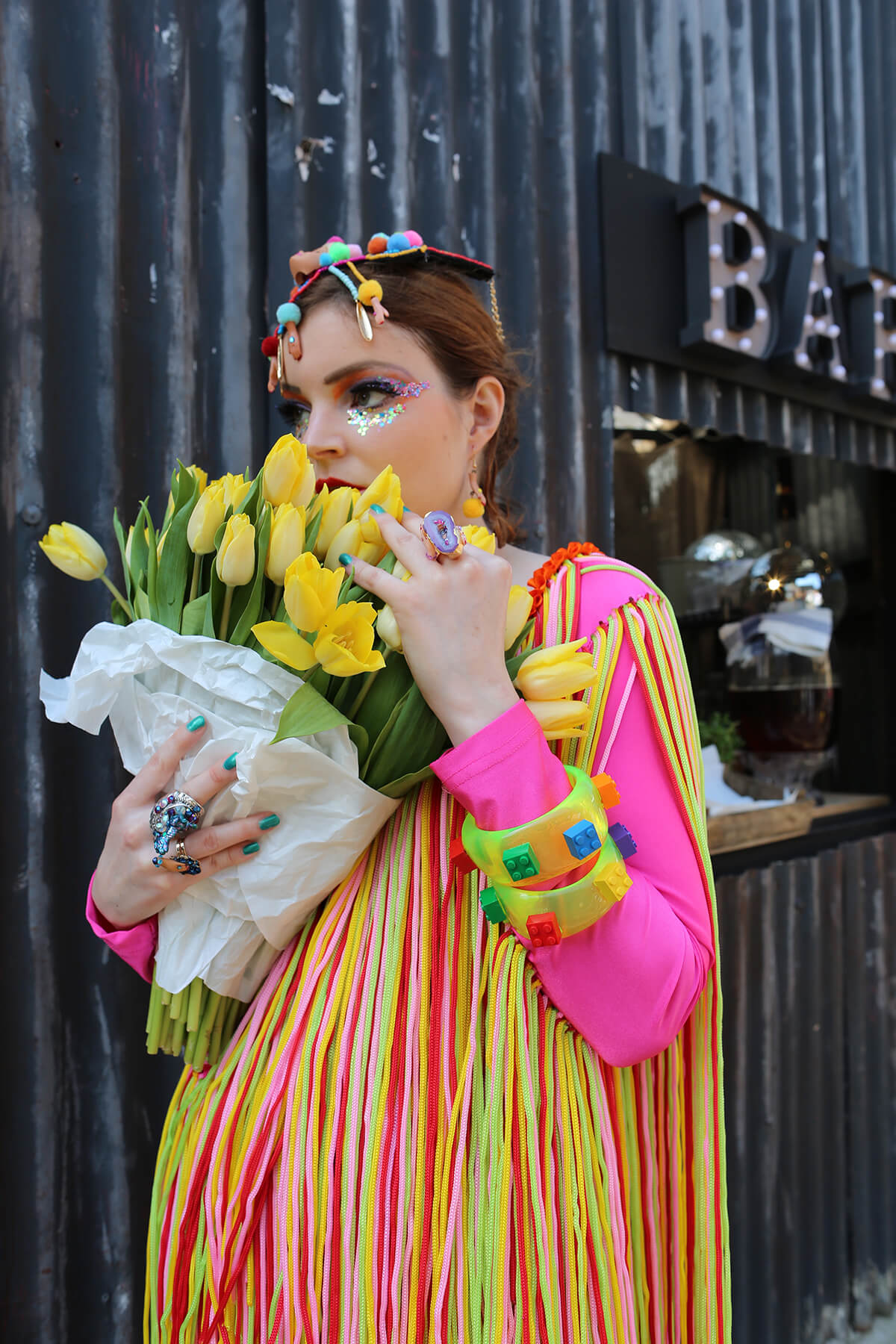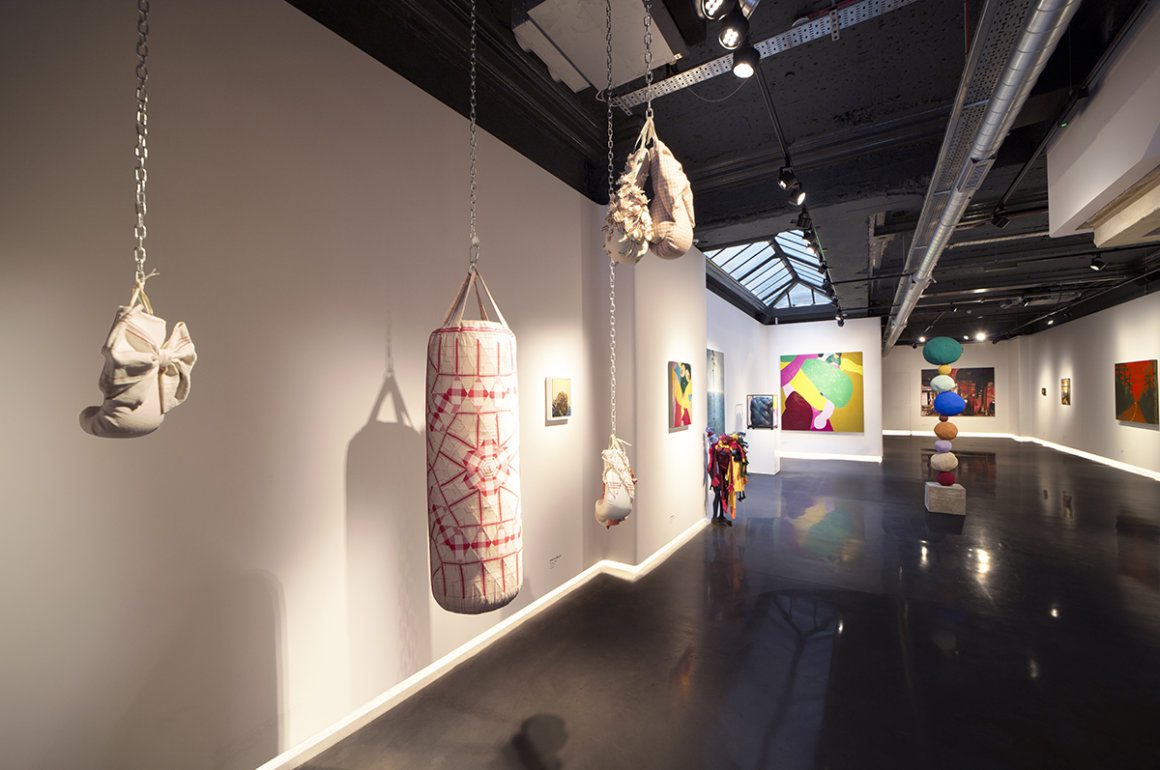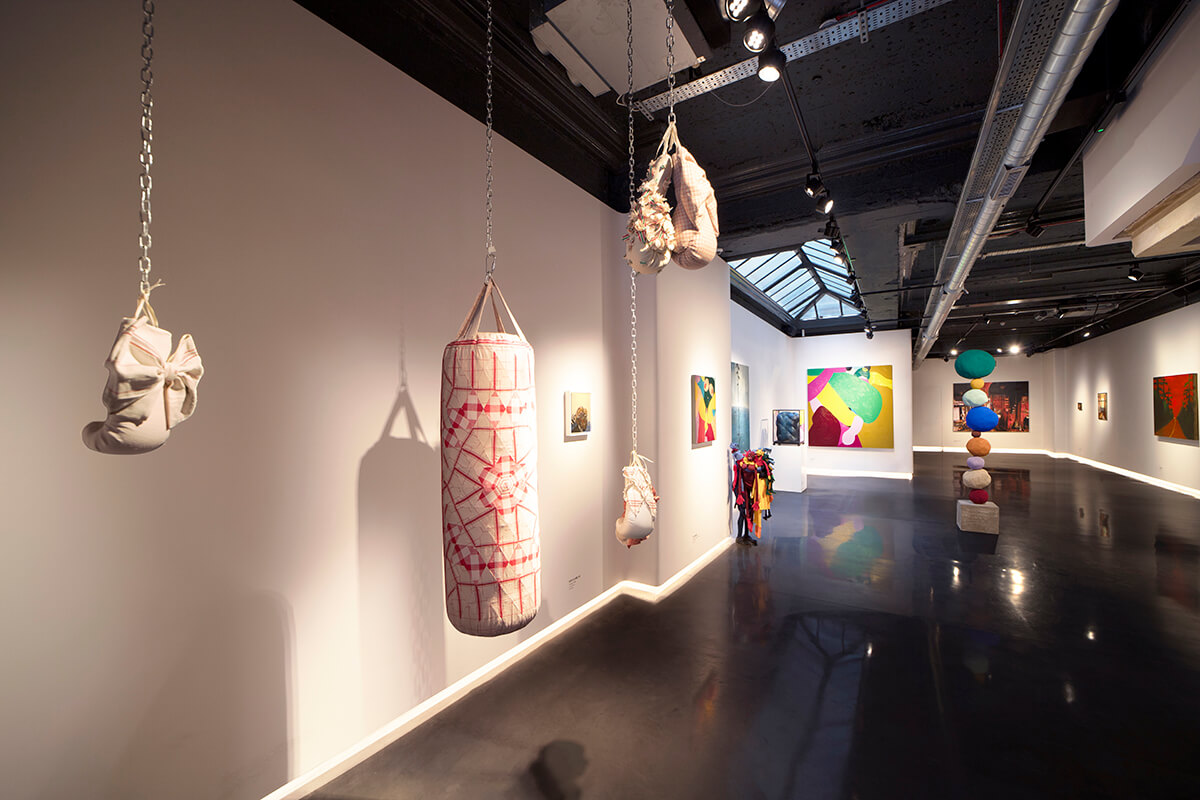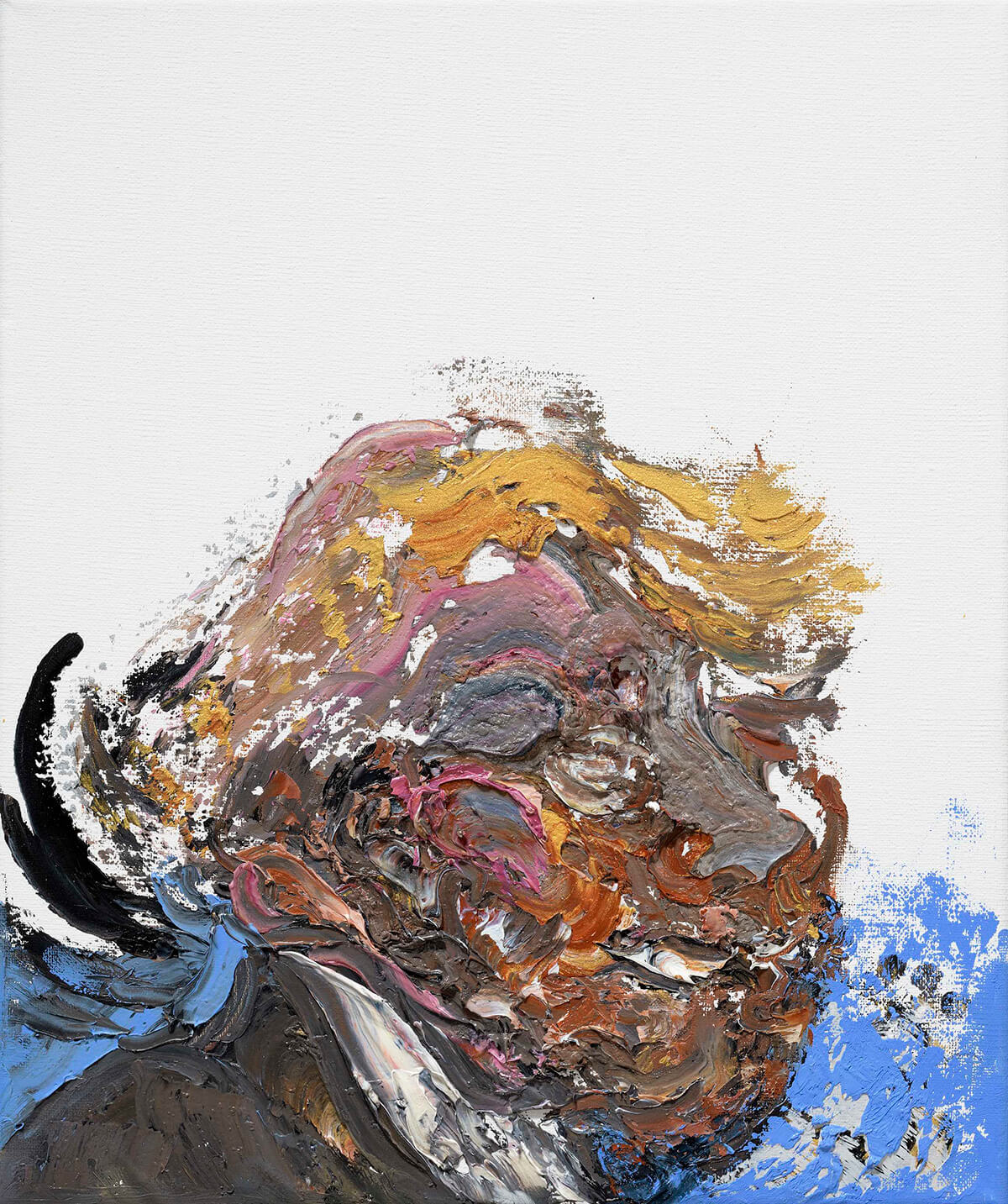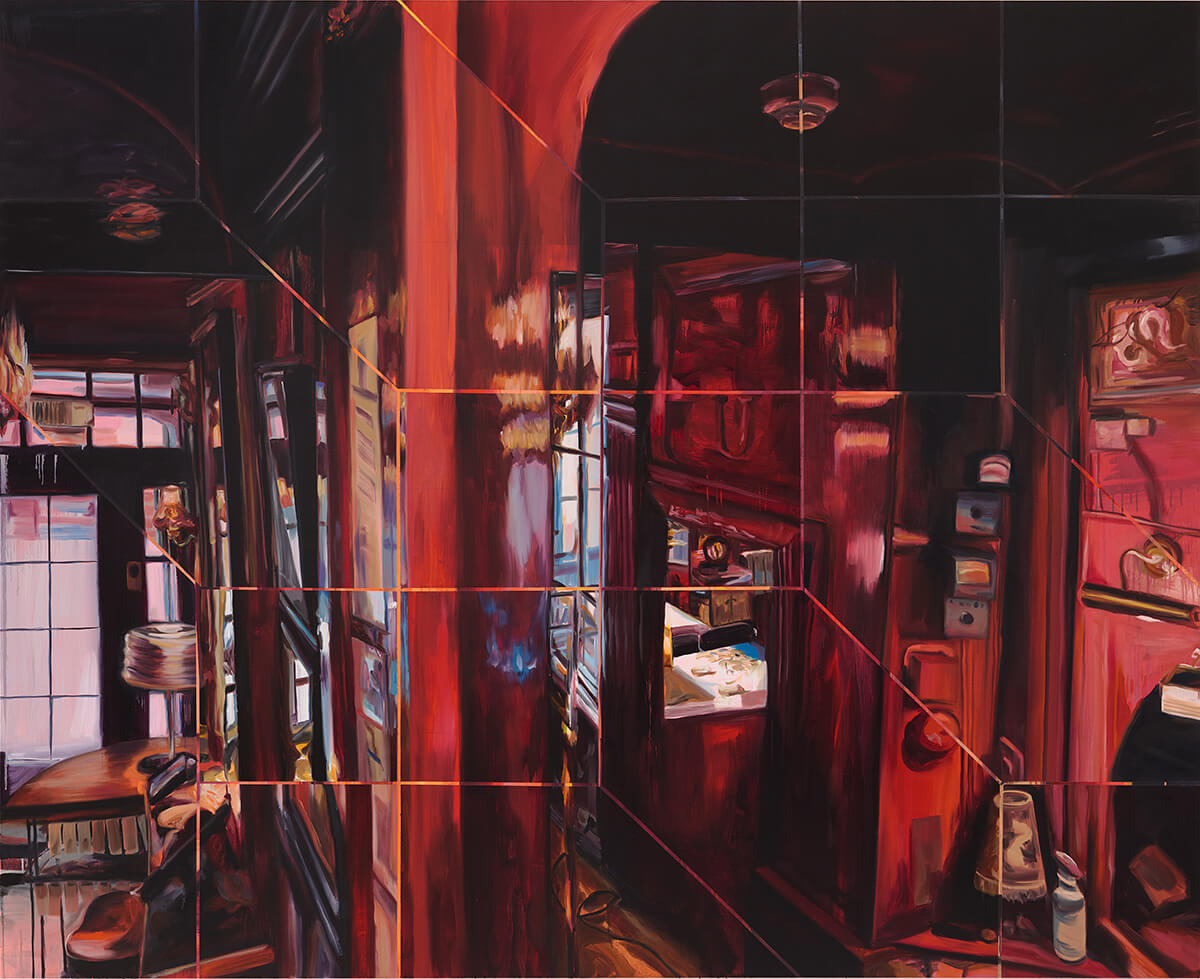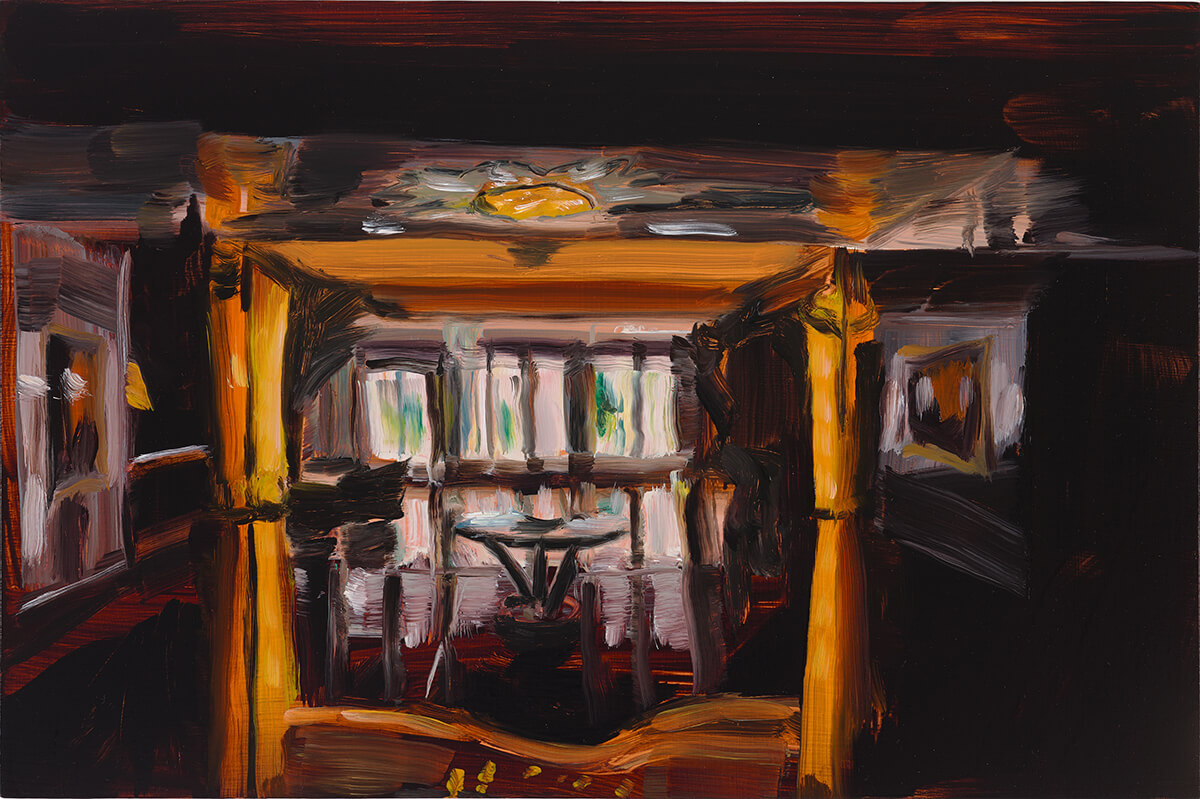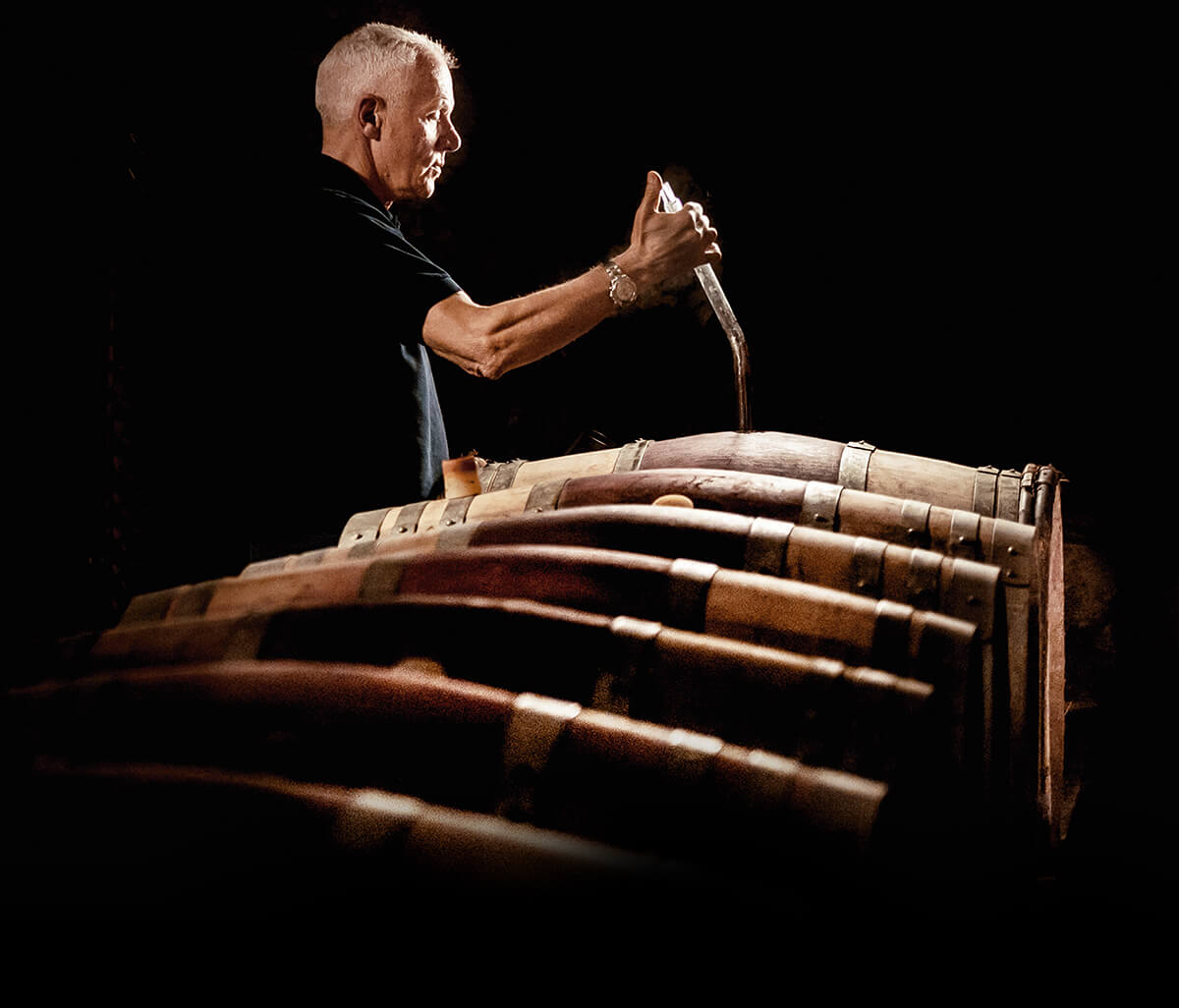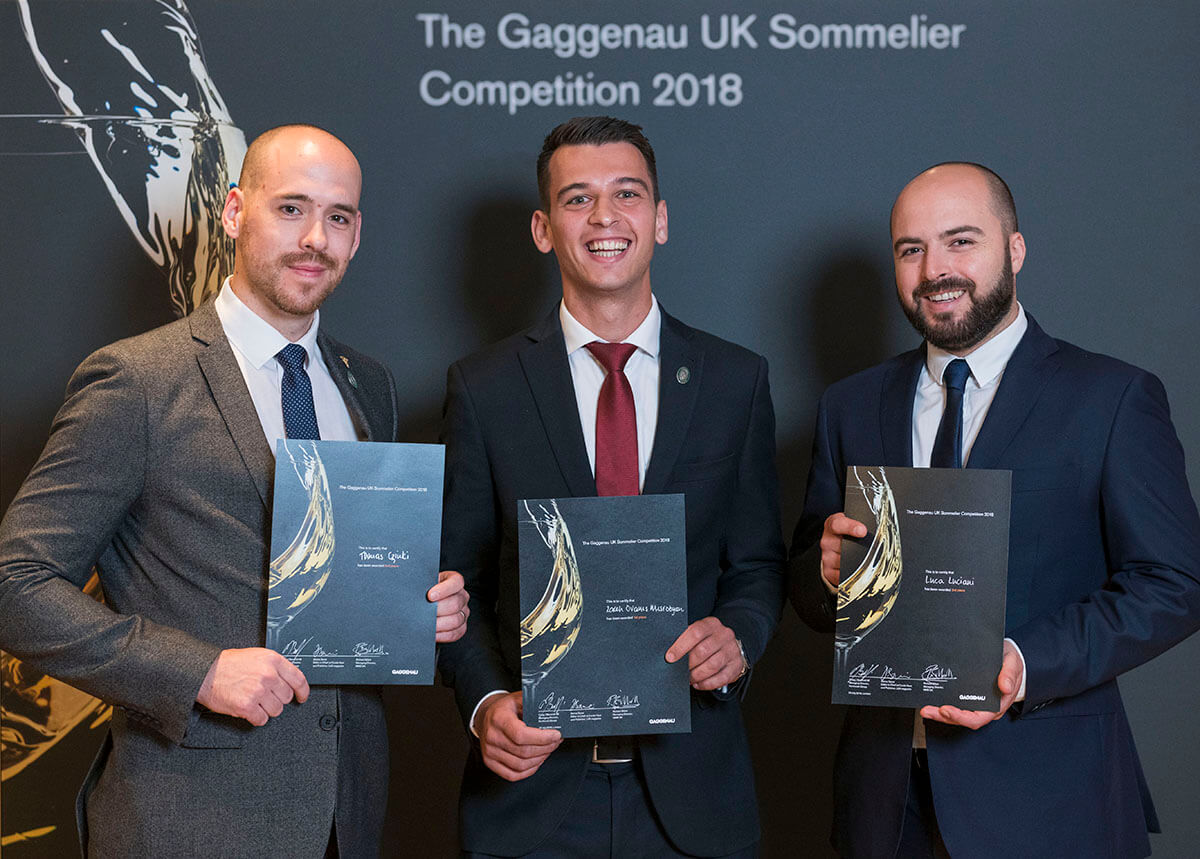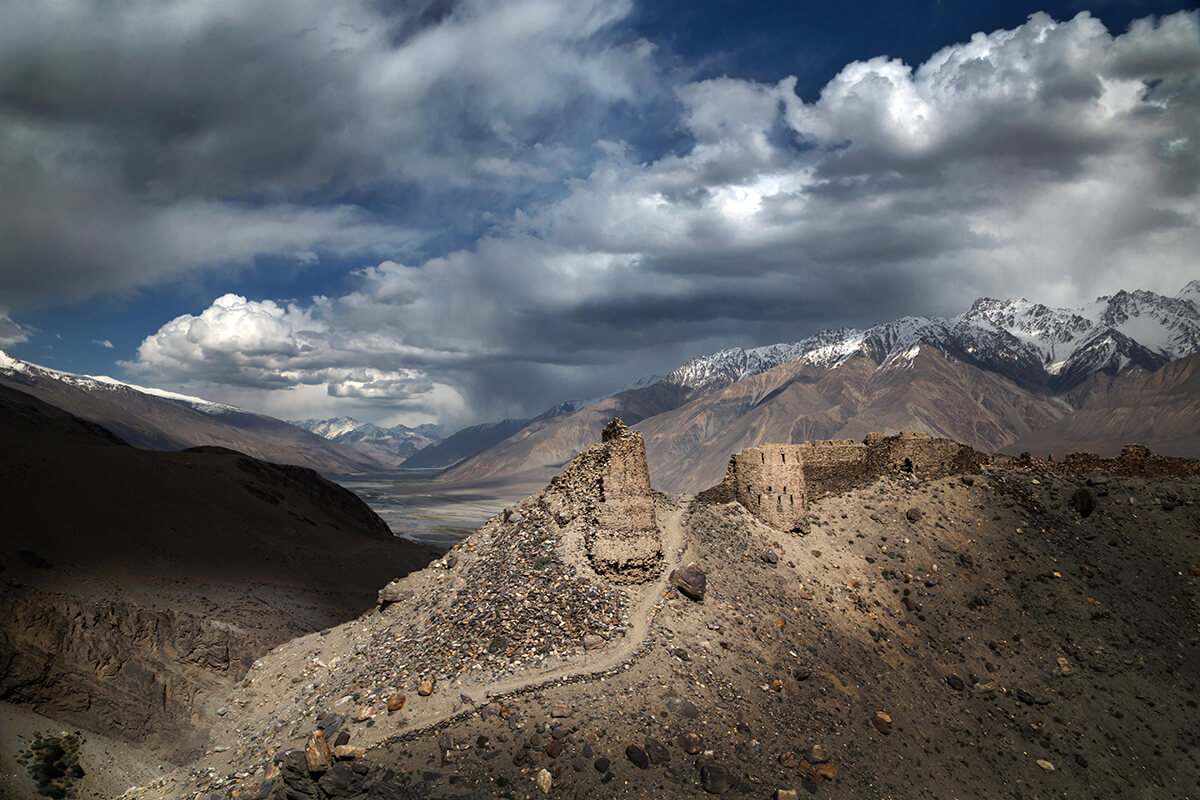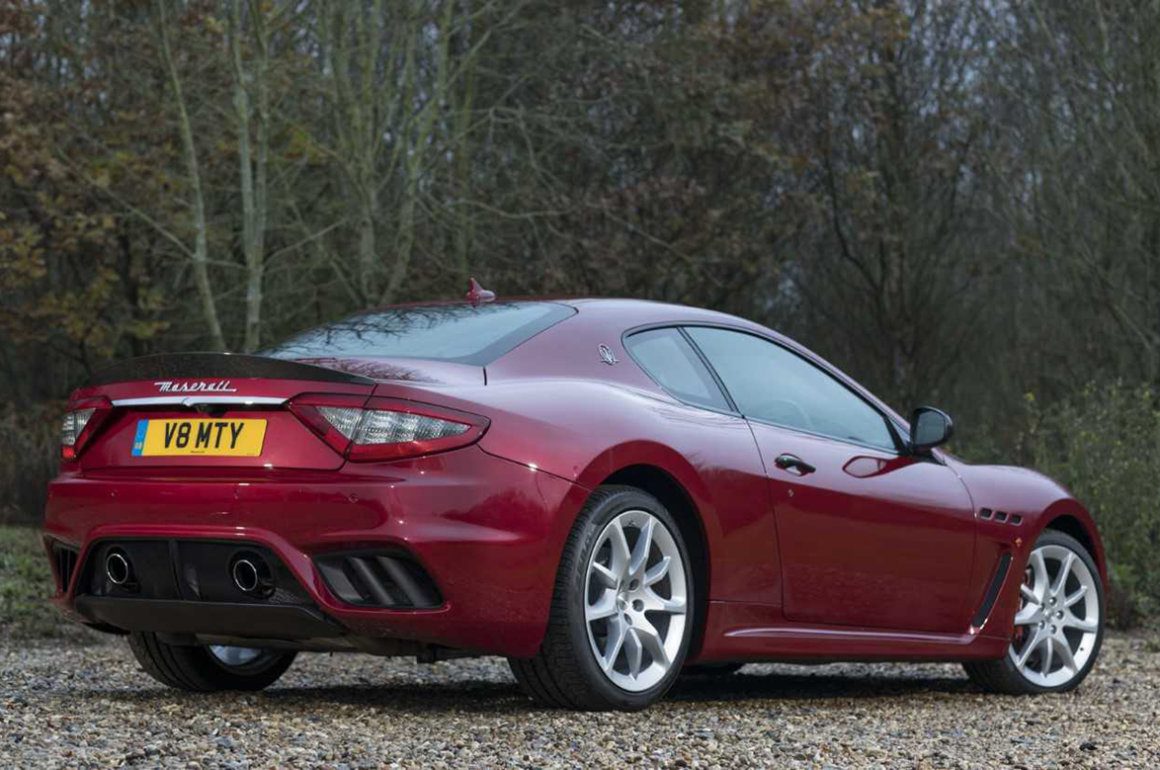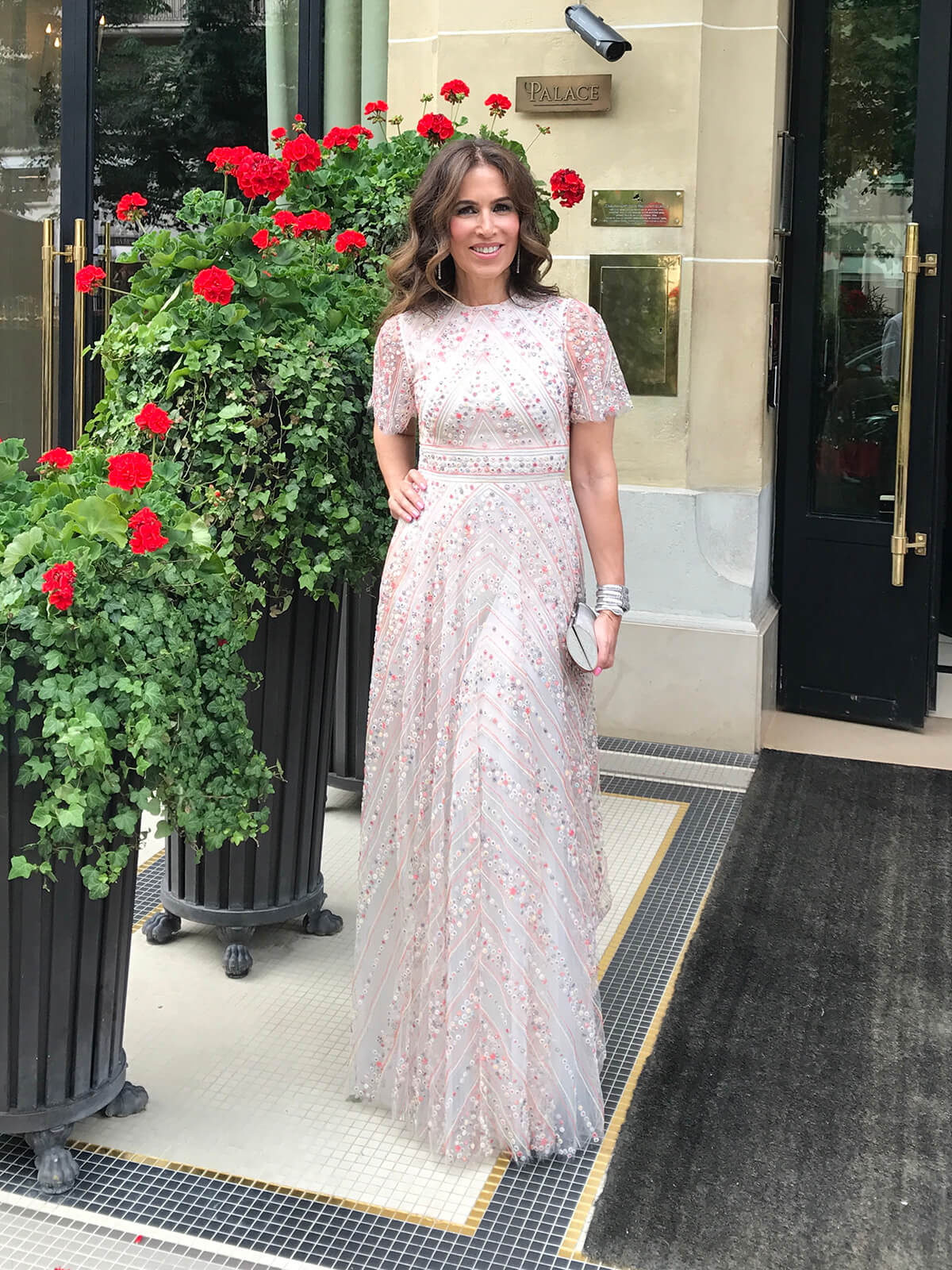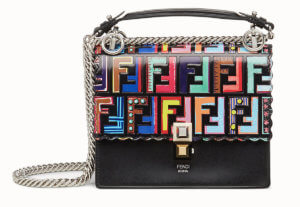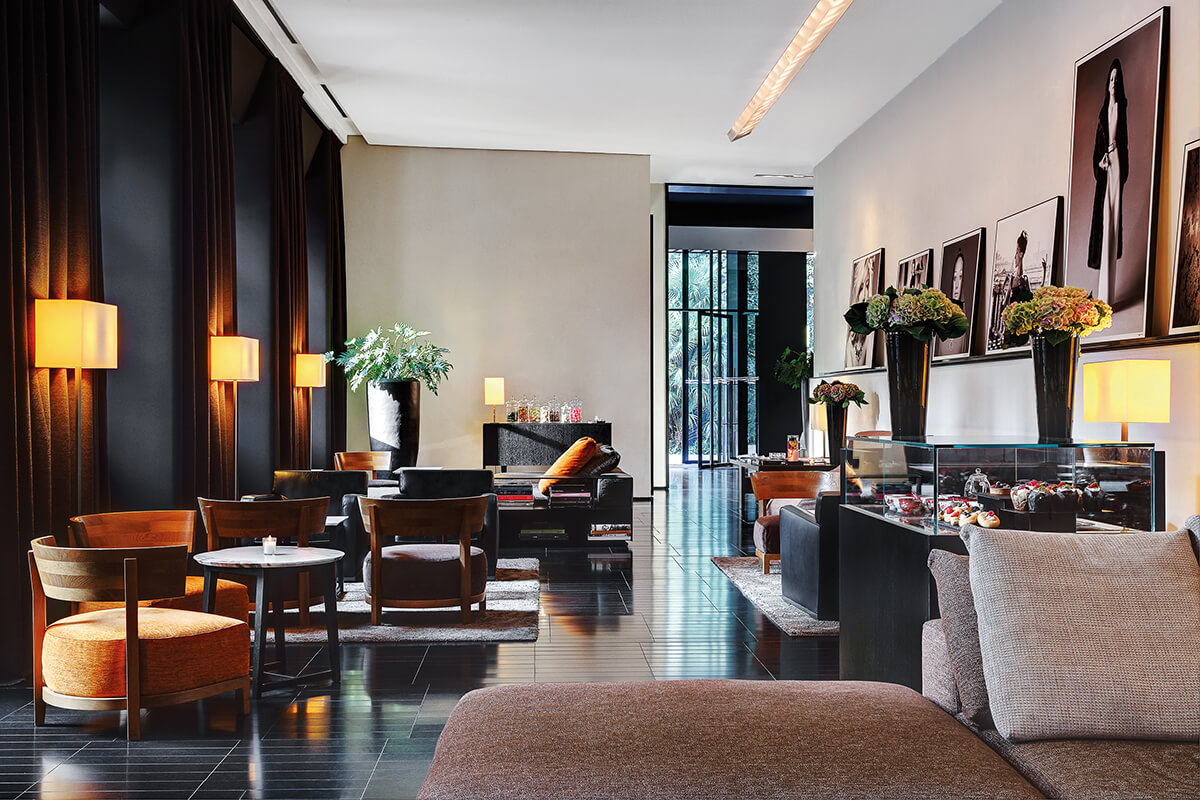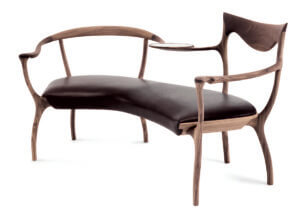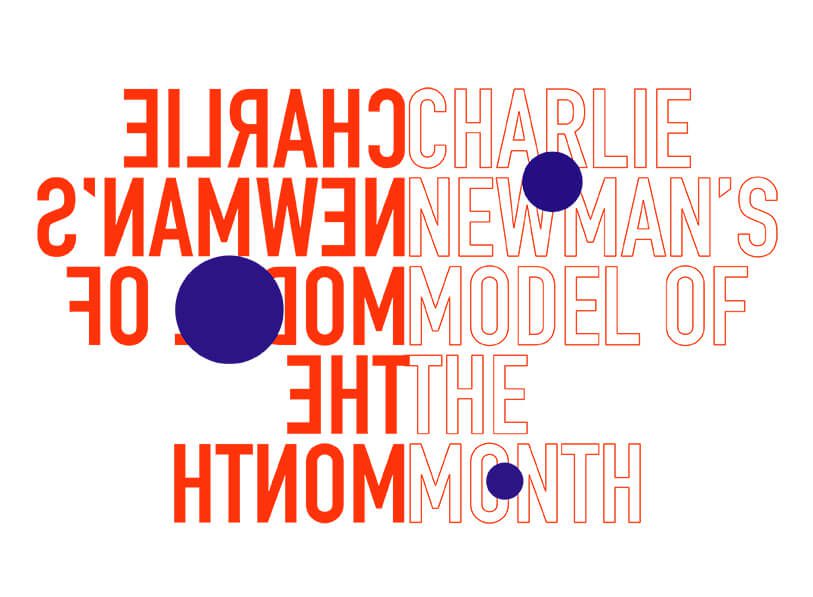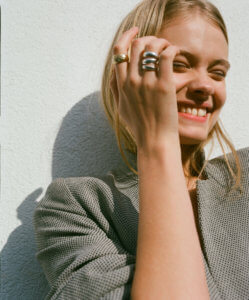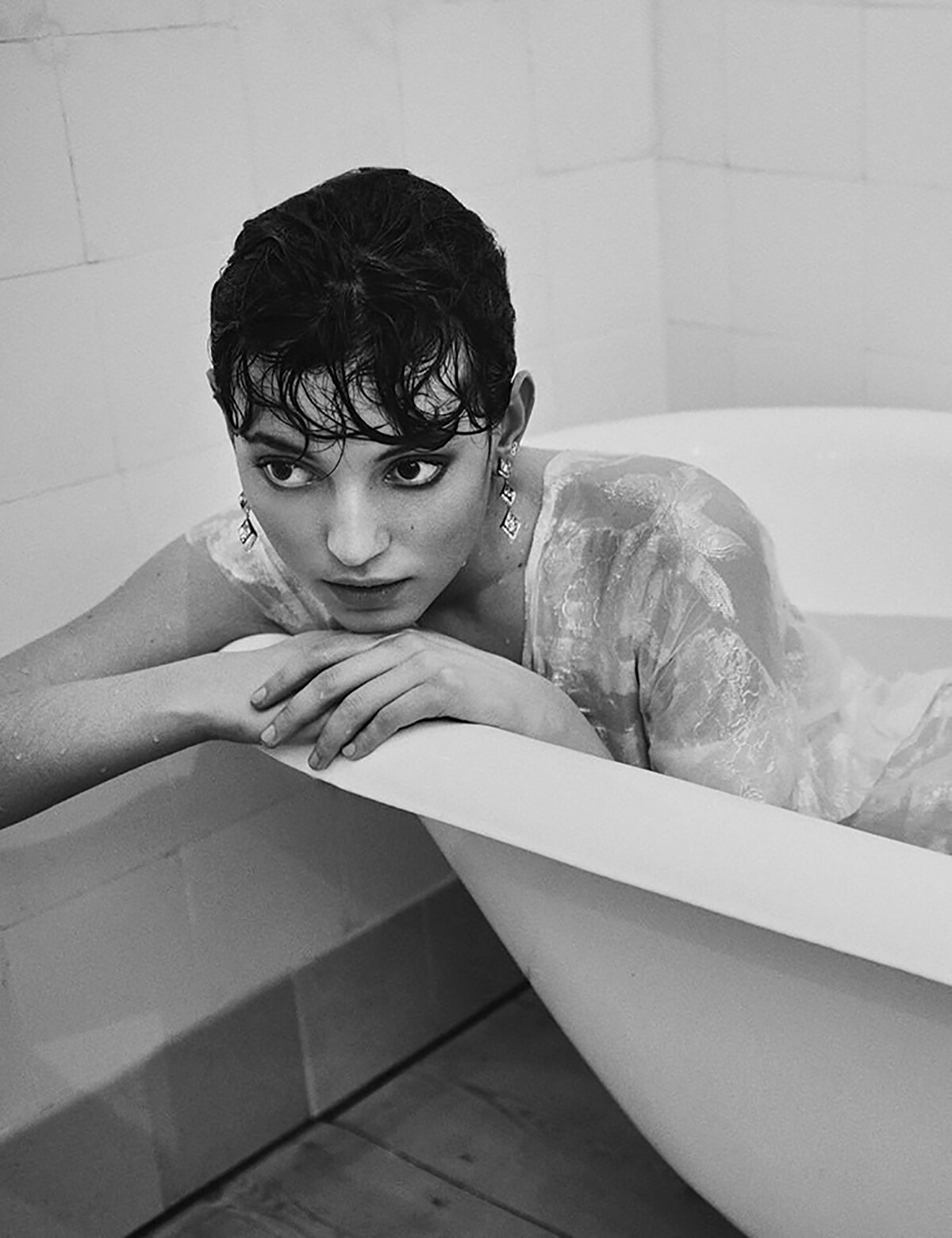

Oxford University is the world’s best, according to august publications like The Times. Oligarchs, CEOs, kings and presidents clamour alongside ordinary people to get their daughters and sons in; and for generation after generation of ambitious, intellectual kids, Oxford is among a handful of names that represent the ultimate in academic aspiration. But what’s it like to actually be there? Our anonymous diarist reveals all
November 2nd, 2018
Day 38 at Oxford. It’s 8am. Sunlight is pouring through my flimsy, green curtains, which may as well not be there at all for the light-blocking they achieve. In ten minutes my scout* will burst into my room, stomp across the carpet and empty my bins with all the subtlety of a rhinoceros, taking special care to slam my door on her way out. As I rub my eyes I think about what the day ahead has in store for me. Lecture at 9am, class at 2pm, tutorial at 4pm. And every hour in between? The library. With a yawn I roll out of bed and open the curtains. I can see the college library from here, and it can most certainly see me. I feel judged. (Note to self: go to library first thing tomorrow.)
Follow LUX on Instagram: the.official.lux.magazine
I begin to get dressed, now unbothered by the fact that everyone outside can see me in all my glory, my window conveniently overlooking the college chapel and quad; the Chaplain certainly gets an eyeful most mornings. I put the kettle on and prepare my ‘just add hot water’ porridge pot. Thirty-eight days, thirty-eight porridge pots. It is even more depressing than it sounds. In this moment I realise I no longer feel like a fresher at all. In fact it feels as though I’ve been here a lifetime. Yes, I feel like a proper Oxford student now. And this is in no small part due to my buying that bike I was talking about. It was the perfect solution to my near-existential crisis. Of course, I still feel just as out of my depth here as I did on my very first day, but I now pedal around the city, other students whizzing about me, aggressively ringing my little bell at all those spatially unaware pedestrians in the road – and I feel like I belong.
To be a true Oxford student, I have decided, one must have a bike. Perhaps more importantly, however, we have now been matriculated. That is, the freshers have been officially enrolled to the university and experienced the madness that is Matriculation Day, going through the rituals of signing the college register, attending the ceremony and partaking in the famous ‘matriculash’ celebrations thereafter. I think back fondly to Matriculation Day as I eat my porridge, which has now set like cement in the bowl. I have to admit I enjoyed the pomposity of it all, not least because we got to wear sub fusc** for the very first time. I spent a shamefully long time inspecting my new look in the mirror before we went to the ceremony: the academic gown, complete with elaborate shoulder streamers, looked like something from Harry Potter. The academic cap was another novelty, although these were made redundant from their head-covering capacities due to an old Oxfordian legend which dictates that it is bad luck to wear your cap before graduation (needless to say we found an astonishing number of alternative uses for it: drinks coaster, drinks container, frisbee, you name it). It was in this attractive academic get-up that we trotted down to the Sheldonian Theatre for the ceremony, tourists snapping photos and shoulder streamers flailing in the wind as we went. While some of us felt empowered by the costume, others felt like little more than misplaced penguins. And for A, that indefatigable workaholic I mentioned in my last entry, the sub fusc proved too much altogether: she tore her skirt while jumping for a group photograph and was sent running to the nearest H&M for a replacement with ten minutes to go. What a day that was.
My reverie is interrupted as someone opens my door and strolls languidly in. It’s not my scout, but a friend from the floor above. We’ll call her M. I met her at the offer holders’ Open Day in April and we hit it off immediately. Effortlessly edgy, make-up free and unnervingly intelligent, she is far too cool to be friends with me and I absolutely know it. I clung onto her like a limpet on our first day and we have been inseparable ever since. From essay crises to boy crises, all-nighters at the library to all-nighters at the club, we have packed years’ worth of friendship into no time at all. She doesn’t even knock on my door before she comes in anymore. (Note to self: lock door while changing.) It’s astounding how quickly relationships have developed since we’ve been here. I spend all hours of the day with people that I didn’t even know a month ago, and yet I now can’t fathom a life without them. What’s interesting is that I haven’t had to unmake a single friend that I made in Freshers’ Week: the people I spent those precious first days with are the same people that I spend all my time with now. Although, that isn’t to say I’ve got it completely right. I was that person who, attempting to establish themselves as the ‘fun’ and ‘outgoing’ one in the first week, invited everyone to their room each night for pre-drinks, my door left permanently unlocked so friends could come and go as they pleased. Big mistake. People now knock at all hours – yesterday I was dragged out of bed by a drunken rugby boy who felt compelled to have a deep and meaningful conversation at 3am – and it is exhausting. Oh, the price one pays for friendship.
Read more: Our Cool Hunter picks what’s hot this season
Standing in front of me now, M looks tired. With her laid-back nature comes a dangerous lack of academic productivity, that is, right up until the minute before the essay deadline. For someone who is notoriously uptight when it comes to work – I’m not proud to admit that my friends back home call me a ‘know it all’ – this is particularly stressful for me to see. Indeed M and I are total opposites. She works relatively little and achieves the highest results; I work all hours of the day and receive far less satisfying feedback. She invariably wears tracksuits and no makeup; I won’t leave my bedroom without making sure I am presentable for fear of running into someone on my way to the toilet. And at this very moment, as I fuss about tidying my bedroom, she’s lying on my rug lackadaisically, humming songs and watching videos on her phone without a care in the world.
The hot topic on everyone’s minds at the moment is houses. Students at my college live out during second year, and we’ve been told to start hunting for accommodation as soon as possible. We’re only in our fifth week of university, and yet we already need to decide who we’d like to live with. You can only imagine the politics. It feels like a huge leap of faith to be predicting who we’ll still be friends with in a years’ time – without really knowing whether we’ll all be friends next term. And there is, of course, the additional concern of trying to work out who you might have future romantic relations with: the second years have warned us against living with potential love interests because, after all, by this time next year they might be exes. In college, then, there is an atmosphere of trepidation. (Am I in the group? What if they don’t want to live with me? What if I don’t want to live with her?) Fortunately for me, there seems to be a group of us forming, slowly but steadily, and the house-hunting can get underway. But that’s not to say that we haven’t had to have a few awkward conversations. One boy, a PPE undergraduate, has proved frustratingly persistent in trying to wheedle himself into the group. We have nonetheless unanimously agreed that he cannot live with us on account of his questionable behaviour on nights out (he lacks an awareness of personal boundaries and the knowledge of how not to inadvertently harass girls).
Read more: Behind-the-scenes of Maryam Eisler’s latest book “Voices East London”
On the other end of the scale we have BFG, who I mentioned last time; he is in such high demand that hasn’t had to think twice about houses. Indeed, he has become something of a big name at Oxford. First division rugby player, writer and director of the college play, enthusiastic yoga-goer and probably the best-loved person in the entire university, BFG has friends everywhere – and he is completely oblivious to his fame. Since we study the same subject, he is a regular and welcome fixture in my life, and I’m not ashamed to admit that I’ve got my eye on him as my potential college husband. (Note to self: propose to BFG.) I wonder if I can persuade him to live with us?
M has just arisen from her horizontal state on my rug and is now dragging me by the arm out of my room. It looks like the time for daydreaming is over, not least because our lecture starts in ten minutes and we’re going to be late. I really must stop worrying about the politics houses and start worrying about that unwritten essay that’s due at 5pm tonight. Wish me luck.




